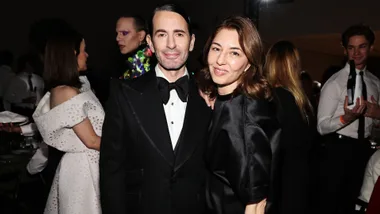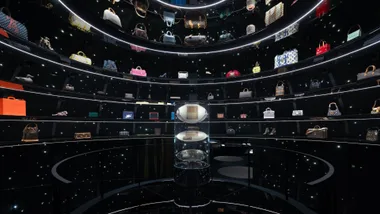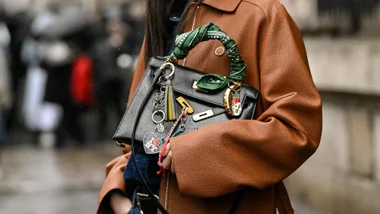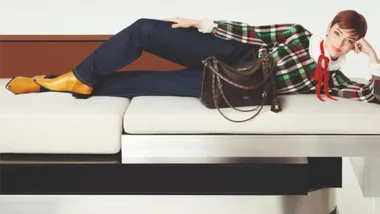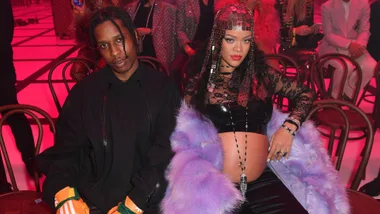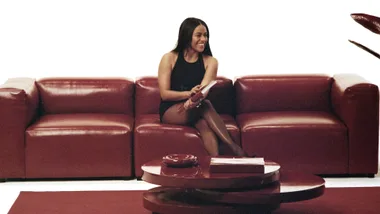What does it take for an Australian fashion brand to survive? Just ask Anna Hoang, whose namesake label Anna Quan turns 10 this year. The Sydney-based designer is utterly candid about the highs and lows of a decade in business, which has seen her bootstrap the entire company herself, go viral before going viral was a thing, and show six times at Australian Fashion Week.
“It’s designer Survivor,” she tells marie claire Australia over the phone with a laugh, when asked how she feels about the brand turning 10. “I feel like I’ve been doing this for 100 years or something. It’s like one of those Survivor shows.”
Anna Quan today is known for timeless style and everyday tailoring (perfect for building that capsule wardrobe), but it started — like so many good things do — with a simple white shirt.
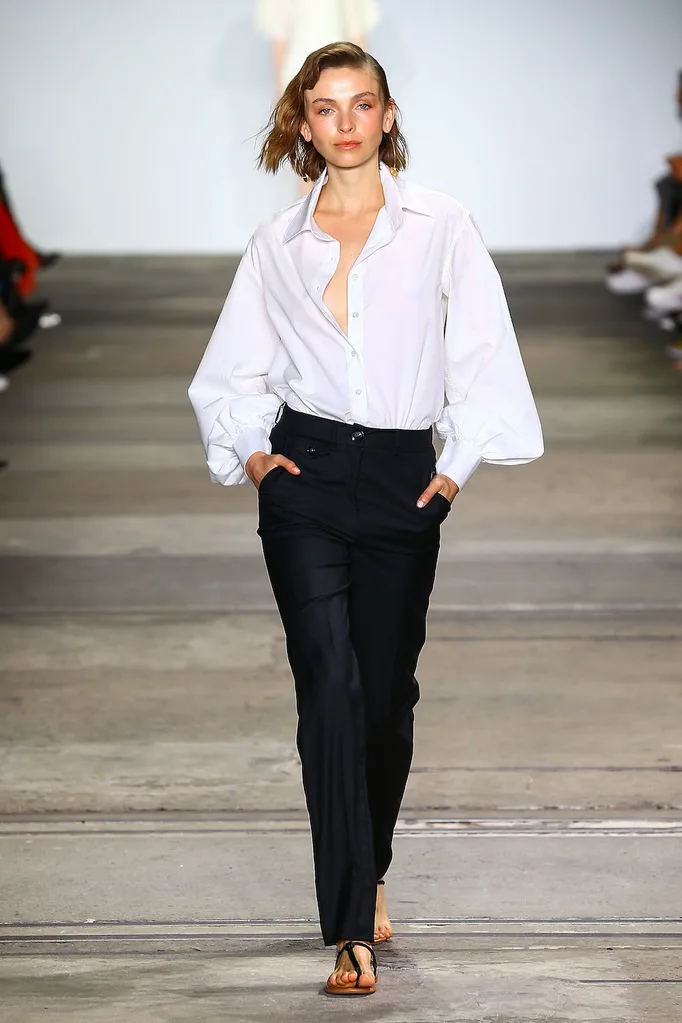
“What actually happened was I was designing collections that no one was really buying,” Hoang says. “And I thought that maybe what I needed to do, to really cement the brand, was to have a core product that I’m known for, that people will come to the brand for.”
That turned out to be the classic white shirt.
“It kind of exploded, because strategically, I decided to start stalking influencers that I admired, who turned up to fashion weeks around the world,” Hoang says. “It was when street style was still in its infancy, and started to become quite popular.”
Long before the influencer economy became a $16.4 billion industry, and back when the mainstream fashion press looked down its nose at influencers, Hoang was strategically sending out monogrammed Anna Quan shirts to influencers ahead of the big fashion weeks — New York, London, Milan and Paris — and “hoping for the best”.
“It just got picked up, and became a signature thing,” Hoang said. “In a way, I was lucky it went viral.”

Hoang might have had a lucky break (although you could argue that she created that luck through hard work), but it’s clear in our chat that she’s as much a business woman as she is a designer. It’s crucial for Australian fashion designers to develop those business skills to survive, she says.
“Australia isn’t like Europe, where we have design companies owned by private equity,” she says. “There’s a lot of independent designers, so a part of it is understanding financial governance and proper management skills. When I started, I didn’t think, ‘Oh, what’s my mission statement? Do I have an employee handbook?’ I was like, ‘I’m gonna make some stuff I really liked making and see if I can sell it’. Literally. I didn’t think, ‘What’s my five year business plan?’ I was really naive.”
She’s definitely not naive anymore. Below, find the biggest lessons Anna Hoang has learnt in a decade of Anna Quan.
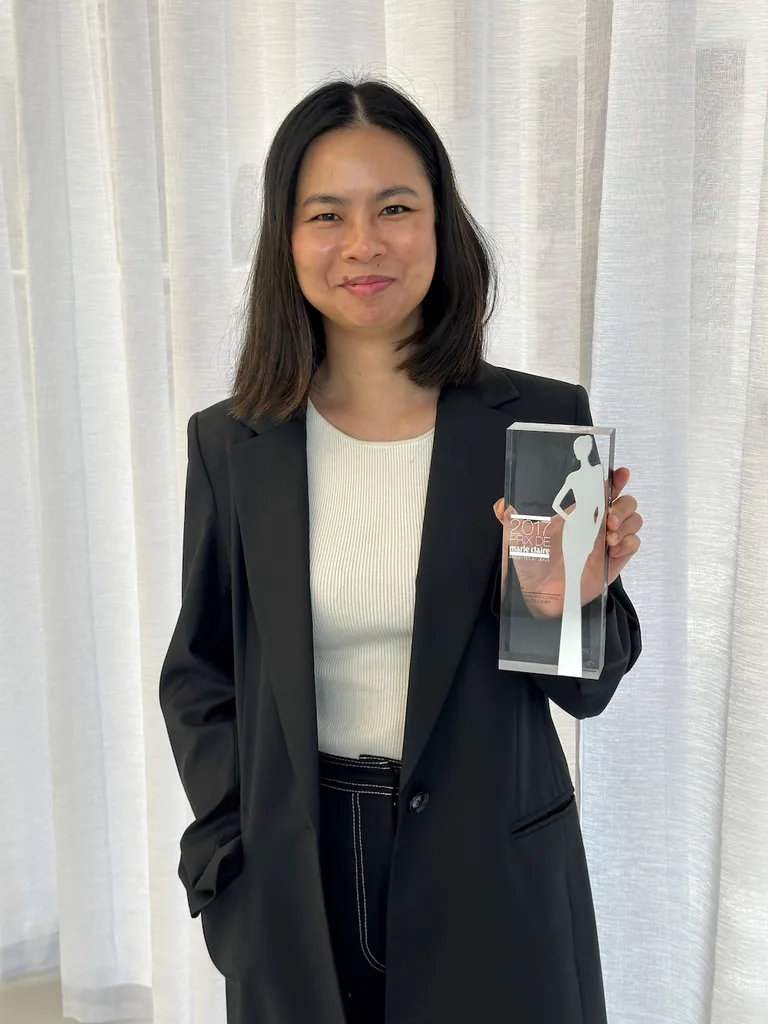
Know Your Core Values — Then Write Them Down
Creating an Anna Quan brand book was a “very good investment”, Hoang says.
“Every time you have a hard decision point, you can just go back to your core values that you’ve written down on the brand’s DNA and your mission statement,” she continues. “And once you go through that, it becomes a really easy decision point. If you want to make a decision, whether it’s about a design or whether to take on something or somebody, you just go back to that. Is it consistent with the brand values? Is it consistent with what the brand is?”
In case you were wondering, Anna Quan’s mission statement is about trying to make the everyday special, and building in a wardrobe for working women that’s timeless and relevant to everyday living.

“You Always Need A Surprise”
It’s possible to stay true to your brand’s DNA while still delighting and surprising your customer – which is exactly what Hoang is doing with the Anna Quan 10 year collection. “The format and the collection will hopefully drill down into the brand’s essence, but at the same time, expand our design repertoire,” she says. “You always need a surprise.”
In this case, it’s the revamped classic white shirt. Called the Anne Shirt, it’s received a unisex update for its 10 year anniversary (a first for the brand), and features exaggerated and extendable sleeves, concealed front buttons, and a white silk trim and the cuff. (When asked how she’d style it, Hoang replies: “I just put cufflinks in and roll it up.”)
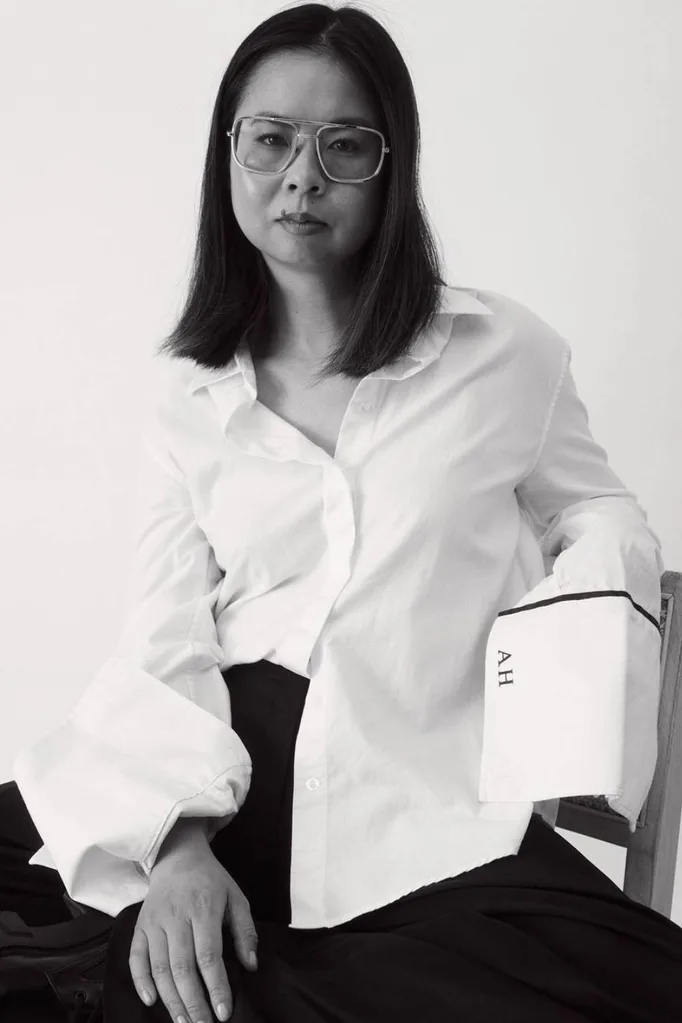
The Anne Shirt, $360, from Anna Quan
Learn The Art Of The Shortcut
“How do I put this politely…” Hoang muses. “I’ve learned to cut the crap a little bit more.”
What she means by that is how she deals with people, and the importance of being genuine — which should not be mistaken with being pleasant.
“Not that I wasn’t genuine before, but sometimes being too polite can get in the way of doing your job properly,” she says. “Learning how to socialise and handle those situations as efficiently as possible… It’s not very sexy, but if someone talks to me, now I can go, okay, so this is your issue. I would have gone in a roundabout way before, because they were being roundabout.”
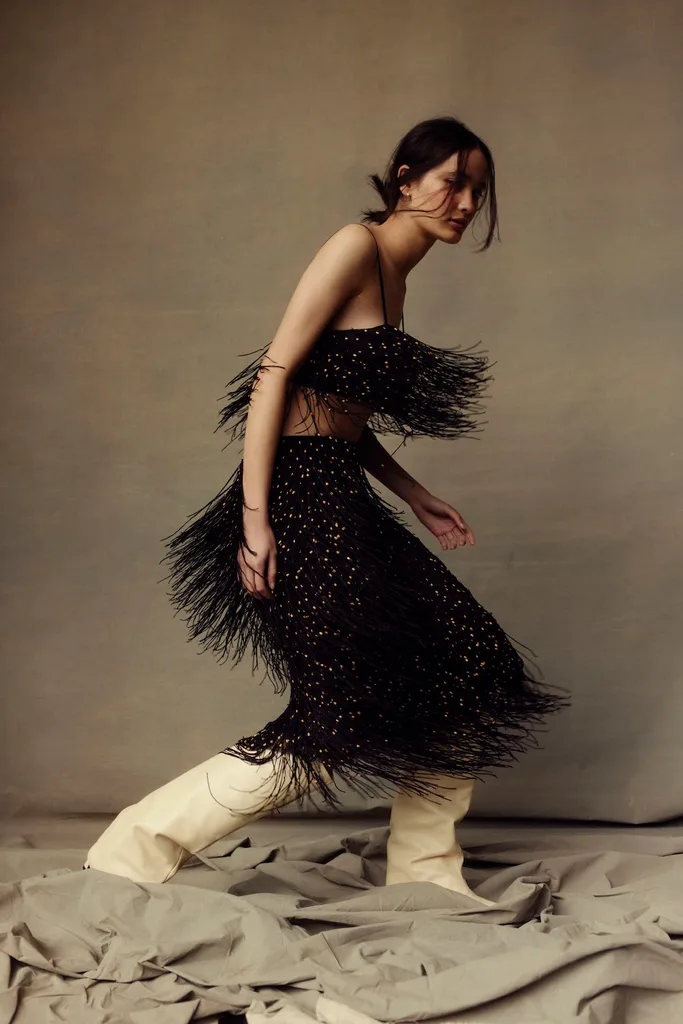
The Right Resolution Might Not Look Like What You Think It Should
Every single business runs into conflict, whether it’s a fashion label or a billion-dollar corporation. Technically, every gripe you’ve ever had with your boss/colleague/stakeholder is a “conflict”, even if it’s about something as minor as when to take a lunch break. And often, we approach those conflicts based on our own knowledge and experiences. It only makes sense, right?
Here’s the thing though, according to Hoang. “There are some solutions that you think have nothing to do with what you think a rational decision or rational resolution looks like.” It’s kind of a refreshing way to look at it, no?
“You need to think about what you want, and what your stakeholder might want,” Hoang continues. “Traditionally, those might not be the same thing.”
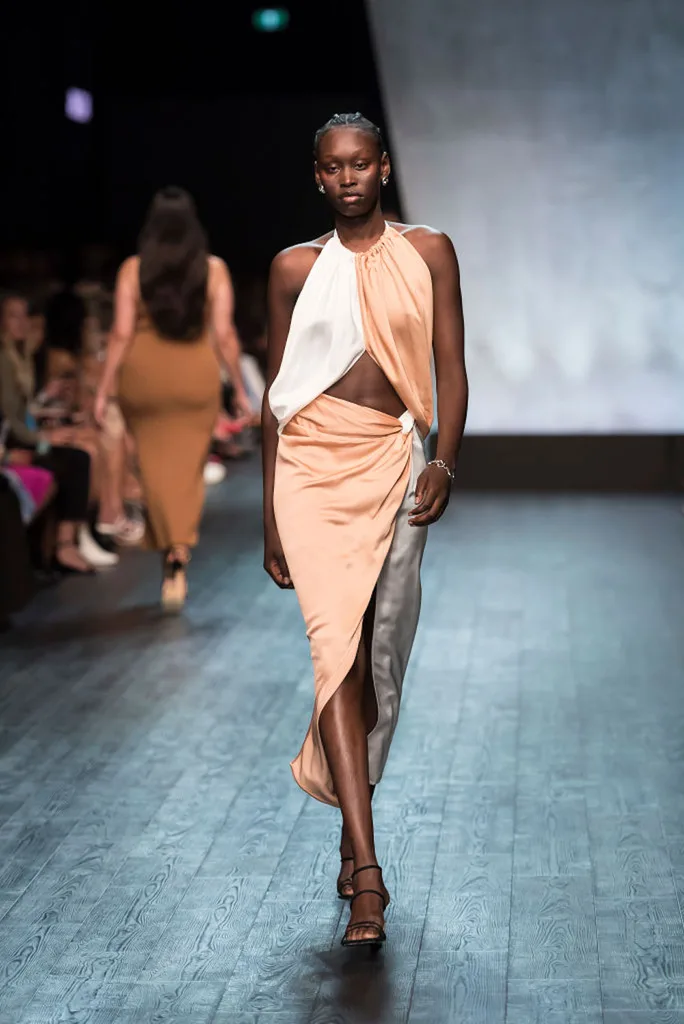
Don’t Fear A Recession — Understand It Instead
It’s the big word on everyone’s lips: recession. Australia might just be heading for one. The looming prospect of a recession can feel, well, terrifying, particularly when we’re facing a cost of living crisis.
“I’ve been talking to my team about it a lot,” Hoang says. “A recession is defined as two quarters of negative growth. Once you demystify it a bit, instead of making it the big ‘R’ word, I think that helps.”
Anna Quan is distributed globally, which Hoang says has spread the risk in some areas and delayed it in others.
The other thing brands need to do is think about their entry level products.
“People still shop in a recession,” she says. “They shop for things that emotionally make you feel good — that’s why you have the whole lipstick recession thing. There’s still entry level products that people are willing to spend money on.”
She continues: “Not everything is recession proof, but if you’re a designer, you can still create products that people will buy, you just have to think really hard about it, be very careful, and be price pointed. And like everybody else, watch your cash flow. Be vigilant, be on top of it.”

Expect The Worst, And Be Pleasantly Surprised
This isn’t necessarily something Hoang recommends for others to do, but it’s certainly something she does. “I’m not kidding,” she says. “I have very low expectations. I think about the worst thing that can happen, and then the worst never happens. And I go, ‘Oh, it didn’t happen, cool’.”
Don’t Underestimate The Sacrifices Hard Work Entails
If you’ve ever thought about launching your own fashion brand (or any other small business), prepare to work hard. Really hard. That might mean sacrifices you’re not willing to make.
“It’s taken me 10 years to grow a brand from one person to now 12 people without any external investment,” Hoang says. “It’s been a ride. It takes a lot of hard work and sacrifices. I think people think hard work is doing a couple nights, but I was grinding away. Like we’re talking about: would not see friends, not go out on weekends, work till 2.30am, six to seven days a week. And that’s very hard.”
She says that for a lot of people, it’s a case of deciding if it’s really something you want to do. “If you do, you have to be prepared to make sacrifices, and realise Rome wasn’t built in a day,” she continues.
“It’s going to be step by step. It still kind of is, for me. I mean, things have changed — I don’t have to work every weekend, I don’t have to work till 2.30am every night. But there are different considerations. You’re always learning, and growing step by step.”
The Anna Quan 10 year collection is available to shop now.

